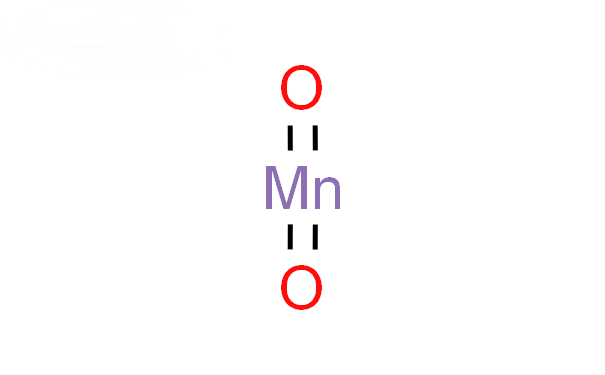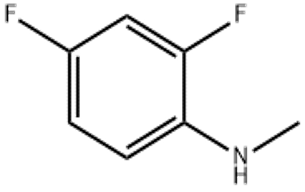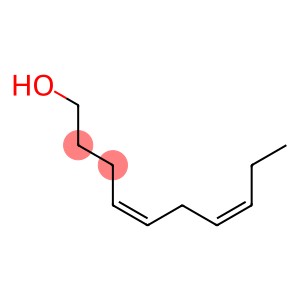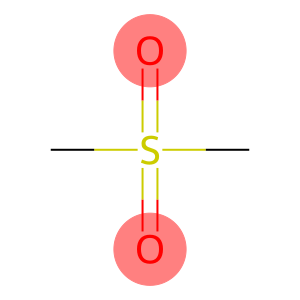Citronellyl butyrate(CAS#141-16-2)
| Hazard Symbols | Xi – Irritant |
| Risk Codes | 36/37/38 – Irritating to eyes, respiratory system and skin. |
| Safety Description | S26 – In case of contact with eyes, rinse immediately with plenty of water and seek medical advice. S36 – Wear suitable protective clothing. |
| WGK Germany | 2 |
| RTECS | RH3430000 |
| Toxicity | Both the oral LD50 value in rats and the dermal LD50 value in rabbits exceeded 5 g/kg (Moreno, 1972). |
Introduction
3,7-Dimethyl-6-octenol butyrate is an organic compound.
Properties: 3,7-Dimethyl-6-octenol butyrate is a colorless to yellowish liquid. It has a strong odor.
It is also used in the preparation of certain organic solvents and plastic additives.
Method: Generally, 3,7-dimethyl-6-octenol butyrate is synthesized by adding an appropriate amount of 3,7-dimethyl-6-octenol and butyrate anhydride to the reactant for esterification reaction. Reaction conditions can be adjusted according to specific experimental needs.
Safety information: 3,7-dimethyl-6-octenol butyrate is generally considered to be safe for humans. It is still a chemical and prolonged contact with the skin and eyes should be avoided. During use, proper operating practices should be adhered to and operated in a well-ventilated area. If swallowed by mistake or if discomfort occurs, seek medical attention promptly. During storage and transportation, contact with oxidants and flammable materials should be avoided to prevent the risk of fire and explosion.








